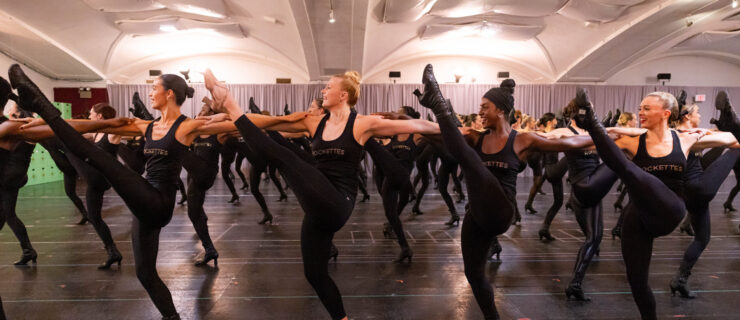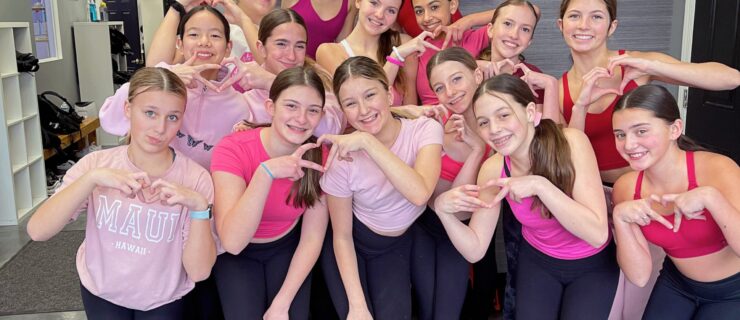Travis Wall's Turning Tips
January 31, 2007
Since “So You Think You Can Dance” concluded last August, life has been moving at warp speed for runner-up Travis Wall. He participated in a large-scale tour with the rest of the show’s top 10, taught for New York City Dance Alliance and moved to L.A. from Virginia Beach. His head isn’t the only thing that’s been spinning—one of Travis’ trademarks is his breathtaking improvised turns. Here, he shares his coveted secrets on top turn technique with
DS.
DS.
Dance Spirit: How did you learn to spot?
Travis Wall: With turns, I owe all respect to my mom. [Travis grew up dancing at his mom’s studio, Denise Wall’s Dance Energy, in Virginia Beach.] She is honestly a genius. [She taught me that] when you don’t spot, you get dizzy and you lose where you are in space. Spotting creates momentum, and that’s how you keep going. If you have a slow spot, you’ll only get around two or three times. When you whip your head, you can get around six or seven times.
DS: Along with spotting, how can you work toward more revolutions?
TW: It’s muscle memory. Constantly pull your left side over, keep spotting, [maintain] a high passé and pull in your arms to create less airspace. People hop on turns [because they have] no connection to the floor. You should press into the floor, creating a higher relevé. Everything has a science to it.
DS: For the equilibrium-challenged, do you have any special secrets for balance?
TW: Start by testing your balance in first position. Stay centered; your stomach muscles should always be engaged. People sit back in their hips, but your hip and stomach muscles are your core. That’s where everything comes from. If you pull up on a high relevé and [lengthen your] supporting knee, and your stomach muscles are engaged, you should be able to hold any position.
DS: On the flip side, what about off-balance turns?
TW: If your weight is shifted one way, there has to be a way to counterbalance the other side [by] using your arms or torso. Off-balance turns can’t really be taught. You have to make them up, improvise and find them for yourself.
DS: How can you keep control?
TW: Finishing and beginning a turn are the most important parts; there are creative ways to get in and out of the turn. When you’re turning, there is always that slow point. When it comes, you have to make up your mind if you’re going to finish in preparation, if you’re going to extend the leg, or if you’re going to hold the passé. I love to hold things after turns. It shows that you can control your turn and that you’re not just a “spinner” or “ice skater.” You’re a dancer with technique.



